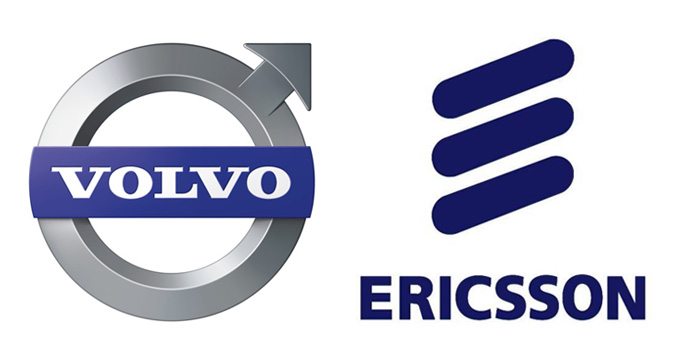As we watch the story unfold related to connected cars and consider how operators will play in this scenario, it’s also interesting to watch the telecom equipment vendor movements in this space. This week I met with Ericsson to better understand their strategy in this space and how they might be leveraging their telecom heritage/solutions to offer answers to the challenges faced by connected car industry players.
Let’s start with the fact that Ericsson has a Connected Vehicle Cloud organization behind their efforts. I would take this as a pretty strong statement to their commitment in this segment of the industry. This effort targets an entire ecosystem of players within this space – car owners, car dealers, car makers, fleet companies media companies, telecom operators, repair shops and the list goes on. The theory is to utilize an ecosystem in a way to allow new market entrants ease of entry through the ecosystem and offer a complete solution if so desired by the target customer – car maker, telecom operator, etc.
During the meeting we discussed some interesting real world case studies with Volvo and AT&TDrive highlighting how the service enablement framework developed for telecom is now driving connected cars – no pun intended. OK, maybe a little one intended.
Given Volvo’s reputation for safety (and the weather in Sweden) it likely won’t surprise you to find a prototype icy road warning system being tested. If a Volvo encounters icy road conditions it is not only able to warn the other Volvo’s traveling on the same roadway, the road maintenance authorities are notified so they can send a truck to ensure the roadway is treated appropriately to ensure safe driving. That’s impressive and an interesting marketing tool for Volvo.
Another Volvo prototype being tested in the U.S. is the ability to have groceries delivered to your car before you leave work. Place your order from your smartphone/tablet, the groceries are delivered to your vehicle and placed in the trunk via temporary digital keys. Think of the huge time saving after a long day at work. There are endless possibilities to this option to save time and increase your personal productivity in the small amount of free time left after a long day at work. A video report on this topic can be seen here:
Volvo Sensus Connect is billed as a “cloud-based on-board experience” and targeted for 2015. They’ve integrated a rather large touchscreen (similar to the Tesla) to integrate traditional car controls – climate, lighting, navigation, etc. – with the infotainment services such as music streaming. Although I am personally not sure about the large screen format, I really like the idea of doing away with all the individual buttons that now seem to exist in our vehicles and having the ability to determine what I see on my screen. This overview is more about the interface, but take a look here. What’s really innovative are the possibilities for personal customization and each of addition of new applications and content.
If you consider the building blocks that Ericsson is providing it’s quite impressive. The integration of the smartphone/tablet and the vehicle, a layer of security protecting this entire interface, followed by management via the cloud allowing for partners to develop additional features and applications.
I was also impressed by the the cross-industry solutions being built on the telecom framework to support e-health, utilities and connected vessels, but that’s for another day and another article.

Telecom cloud drives connected cars
ABOUT AUTHOR
